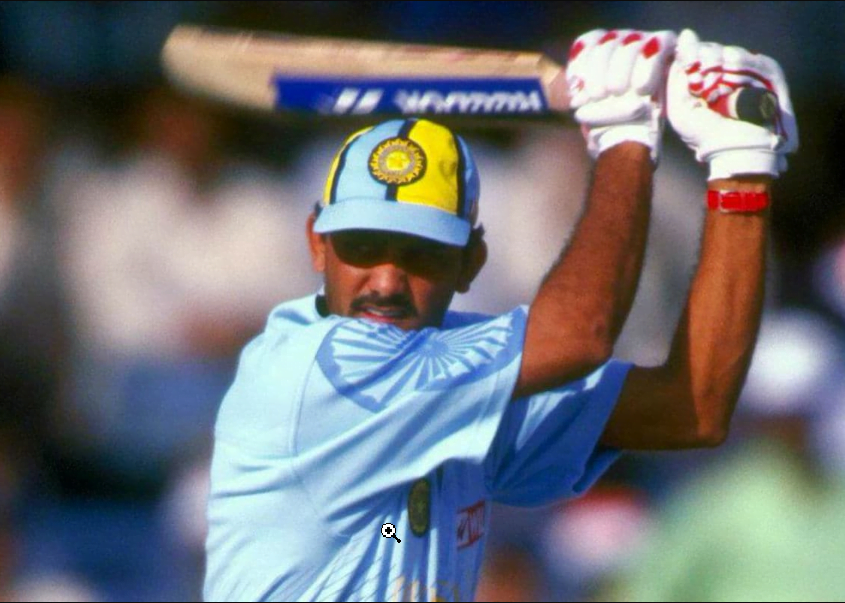Back in December 2000, former India captain Mohammad Azharuddin was given a real existence boycott for his supposed contribution in the match-fixing claims, which was later transformed into a 12-year boycott. Presently the dim stage is behind Azhar, as he heads the Hyderabad Cricket Association and is effectively engaged with cricket.
But even after so many years, he does not know why he was banned in the first place. Talking to the cricketpakistan.com website, Azharuddin said, “I don’t want to blame anyone for what happened. I really don’t know the reasons for banning me…”
“…But I had decided to fight it and I am grateful that after 12 years I got cleared. I felt very satisfied when after being elected president of Hyderabad association I went and attended the BCCI AGM meeting.”

Azhar played 99 Tests for India, but he never knew that would turn out to be his last in national colours. But he reiterates, that he holds no regrets.
“I am a firm believer in fate and whatever is in your destiny it happens. I look at this way that nowadays if a player is a class act he ends up playing more than 100 Tests. So I don’t think this record of 99 Test matches that I hold is going to be broken,” Azharuddin said.
“I played for around 16 to 17 years and I captained for around 10 years. What more can I ask for.”
He also talked about the time when Zaheer Abbas helped him come out of lean patch of form. And how he in turn helped Younis Khan end bad form.
“I was not sure about being selected for the Pakistan tour in 1989 as I was struggling badly for form. I remember in Karachi Zaheer bhai came to the ground to watch us practice. He asked me why I was getting out early. I told him my problems and he suggested I change my grip a bit.”
“Since I had nothing to lose and he had come himself to the ground and gave me this advice I said why not give it a try.
“The moment I changed my grip I felt more comfortable and confident and started playing freely. Eventually, it also helped me become a more aggressive batsman.”
Talking about Younis, he said, “He looked ugly in his batting and I felt bad that such a good batsman should play so ungainly. I knew him so I called him up and advised him to stay in the crease and try to play close to the body from inside the crease.
“I am just happy he took my advice and went on to score a double century in the final Test at the Oval.”
The Indian great also made it clear he remained a supremely good fielder and catcher because of his flexible body.

